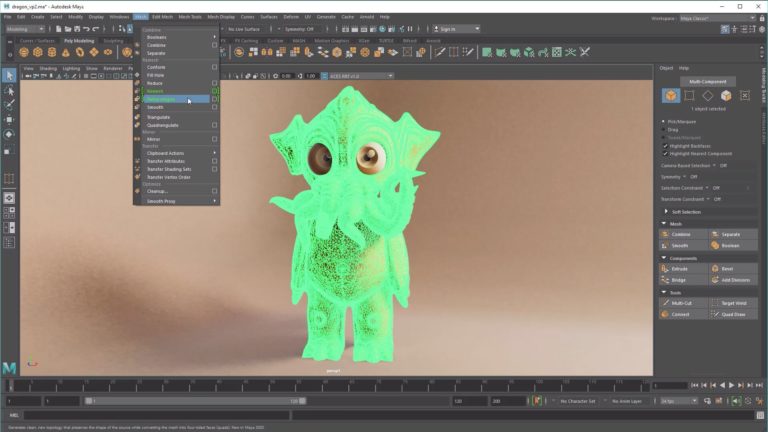stock footage from Digital Juice’s VideoTraxx 3 library. Next, drop an
animated background (from Jump Backs volume 21) into V2. Finally, drop
an animated overlay matte into V3.
to specify the transparency in your composite. In this example, you’ll
use a clip that is specifically designed for this purpose and is a part
of a larger matching set of graphics found in Editor’s Toolkit 5: Soft
& Subtle Tools. Your initial timeline is a simple three-track
affair.


channel transparency, which would have automatically been keyed out by
the software. Using the grayscale overlay matte instead gives you more
creative flexibility, especially in how you apply animated texture to
the overlay. The only downside is that you’ll need to create the
transparency manually. First, from the Tools menu, select Effect
Palette. In the Effect Palette dialog, select the Key item on the left.
Drag the Matte Key effect from the dialog to the overlay matte clip in
V3.

key is the opposite of what we intended. This is because the Avid
software uses a film metaphor for describing transparency, where black
is transparent and white is opaque. Perhaps the most obvious fix would
be to exchange the position of our two clips on V1 and V2. A more
elegant solution is to go to the Tools menu, select Effect Editor and,
in the dialog that opens, select the Swap Sources item.

the transparency is generated, starting with simple building blocks.
channels and convenient nested-track structures. The process may be
different in every application, but the underlying concepts are
identical.

the flagship software editing applications from Ulead Systems and Sonic
Foundry. He has authored a number of books on digital multimedia
editing and is the former technical editor at Videomaker magazine.
with a razorblade was in the past. Even so, at the top of a long,
nonintuitive learning curve, complex composites are a few magnitudes
easier to perform today.
matte keys. In fact, they are also the basis of simple composites found
in everything from iMovie to Avid. But because they’re invisible,
they’re tough to understand. This matte tutorial is for Avid Media
Composer, although the concepts are nearly universal.
backgrounds, but now also has a 10,000-clip stock footage library
(VideoTraxx), uniquely layered multi-track buyout music (StackTraxx)
and coordinated graphic sets for video (Editor’s Toolkits) that turn
edited video, regardless of what platform you’re on, into polished
programs.
1736 NE 25th Avenue
Ocala, FL 34470
ph. 800.525.2203
efranks@digitaljuice.com

Did you enjoy this article? Sign up to receive the StudioDaily Fix eletter containing the latest stories, including news, videos, interviews, reviews and more.










Leave a Reply